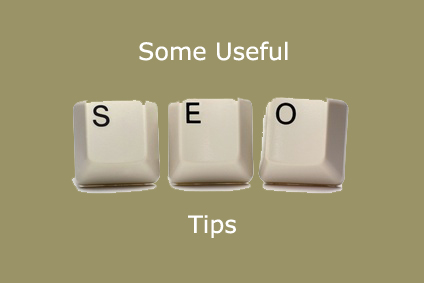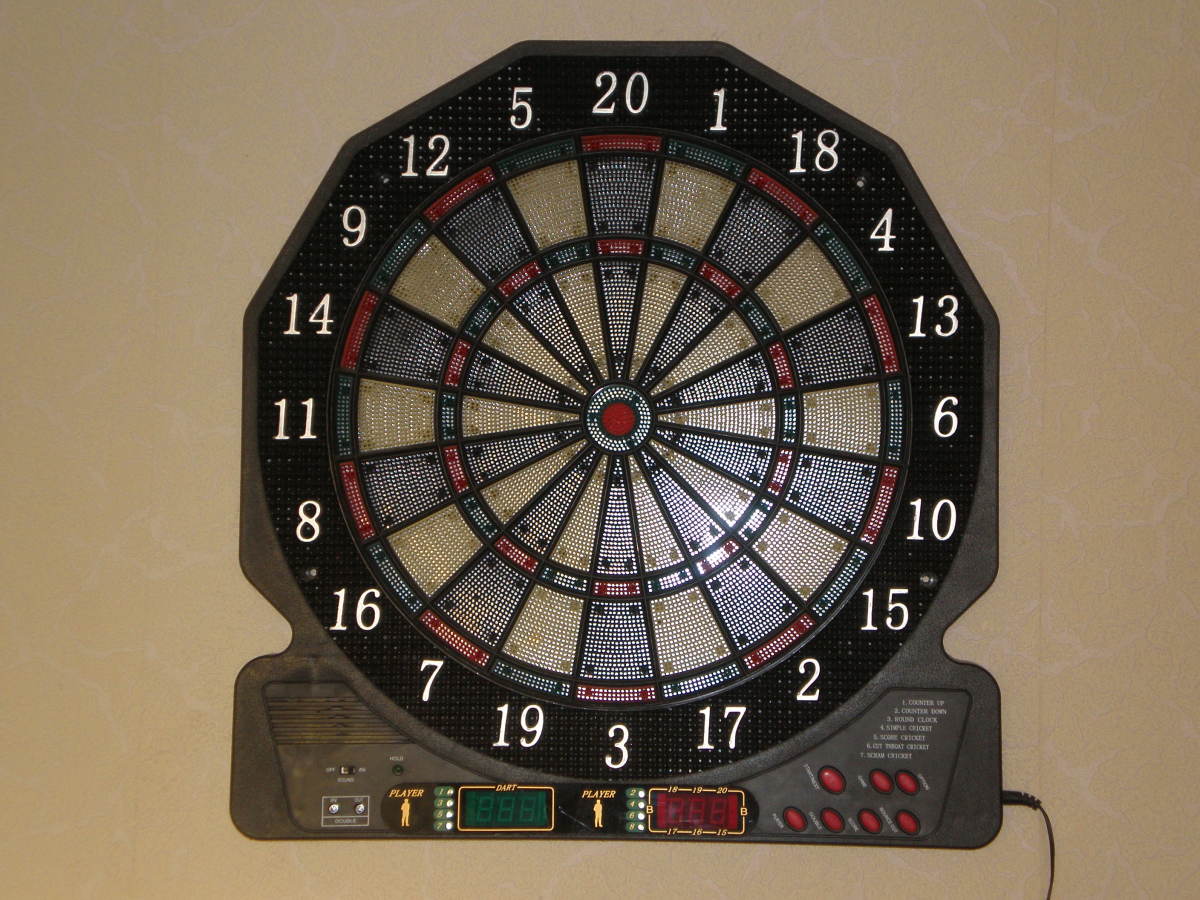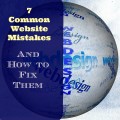SEO Copywriting Tips: 5 Places Keywords Should Appear in All SEO Articles & Blog Posts

SEO Copywriting: Where to Put Keywords In Copy to Drive More Traffic
I’ve been an SEO copywriter since 2007. And, there’s a bit more to it than writing content using selected keywords. In fact, there are specific places keywords should appear in SEO articles and blog posts that will drive more traffic.
Knowing where these are arguably separates expert SEO writers from novices. Following are five key places an SEO copywriter who understands the intricacies of search engine optimization marketing will place keywords and phrases in copy they produce.
Note: Keyword marketing, writing and research is not an exact science (well, the research part can be). So these rules are not exactly set in stone. However, they are industry accepted norms for writing SEO content.
Furthermore, by way of being completely honest, I have to admit, I don’t always follow these guidelines when writing for my websites and blogs (although I’m trying to get much better at this).
But the vast majority of the time, I do follow these rules when I write SEO content for clients. Feel free to use this as a sort of SEO copywriting template. It’ll help you write more effective SEO copy for your clients, which will hopefully help you to land even more of them.
SEO Copywriting Keyword Placement Tip #1: Put Keywords in the Headline
While this may seem patently obvious, many SEO copywriters forgo doing this in order to write tongue-in-cheek, funny or double-entendre headlines.
DON’T DO IT!
Why? Because it means jack squat to search engines. And, a headline is one of the main ways a search engine figures out how to categorize copy so that the page it appears on can be returned in “relevant” search engine results. Read more about how search engines work.
SEO Copywriting Tip on Writing Headlines & Subtitles: Why "Cute" Doesn't Work
If you can write cutesy, humorous and catchy headlines and subtitles — that tells the reader what the article is about AND includes your main keyword phrase – then by all means, have at it. But, rarely can all three of these objectives be achieved. So stick with what works.
Even though it’s vanilla-cream boring, a simple, straightforward headline that tells a reader what an article/blog post is all about is what you want.
You don’t want them to guess at your “cute” writing. There are bazillions of pages on the internet. And when people search it, they’re looking for specific things. The article that addresses their concern – in clear, concise terms — is what they’re looking for and what will get clicked on.
This is what clients pay you for. So, give it to them.
SEO Copywriting Keyword Placement Tip #2: Put Keywords in the First Paragraph
To be perfectly honest, I don’t know exactly why your main keyword phrase should appear in the first paragraph of your blog post/article. To hazard an educated guess, I think it’s because once a search engine has grabbed ahold of your content’s title, they want to be sure that the copy that follows it is actually relevant.
By repeating your main keyword phrase in the first paragraph, it lets search bots know that the copy that follows the title is indeed relevant.
SEO Copywriting Keyword Placement Tip #3: Put Keywords in Subtitles
Most SEO articles are in the 350 to 500-word range. Blog posts can be as short as 50 words, and go on up to about 300 or 350 words. Within these parameters, for the most part, you can get a few subtitles.
As an SEO copywriter, using subtitles serves two purposes, ie:
Subtitles fit the way people read online: Web surfers tend not to read text word for word online, like they do books, for example. They tend to scan the page, looking for the answer to their particular search query.
Experienced SEO writers know that bolded headlines will help web surfers locate what they’re looking for quicker. This keeps them on a given page longer. And, the longer a prospect stays on a web page/website, the higher the chance of a sale being made. And, this is exactly what clients pay for!
Subtitles look good aesthetically: Because internet surfers scan pages, dense web copy should not be used. Talented SEO copywriters break up copy up with bolded subtitles – and they keep paragraphs relatively short. Some SEO experts say that it should be no more than 3-5 lines.
This length and the use of bolded subtitles is more pleasing to the eye than a big wad of text. Hence, it’s more likely to get read. And again, this is what clients pay for.
SEO Copywriting Keyword Placement Tip #4: Put Keywords in the Final Paragraph
Your main keyword phrase should always be present in the last paragraph of copy on a page. Some SEO writing experts say that it should be in the last sentence — preferably the last words. I don’t adhere to this rule in this strict of a sense. I do repeat the main keyword phrase in the last paragraph though. In my opinion, that’s just fine.
SEO Copywriting Keyword Placement Tip #5: Put Keywords Throughout the Text
Some experienced SEO copywriters say that you should use your main keyword phrase every 100 words or so. Whether you adhere to this rule all depends on how much keyword density you’re trying to achieve.
If you did decide to apply this guideline, that would mean that for a 350-500 word SEO article, this would give you a keyword density of between 1-2%. Learn how to calculate keyword density. This is low in my opinion. But again, it all depends on the client and what they want.
What Exactly Should the Keyword Density Be In SEO Articles and Blog Posts?
This is one of those SEO copywriting tips where there are no hard and fast rules. Why? Because it depends so widely on the client, the type of copy, the niche, where the copy will be distributed – and a host of other factors – that it’s hard to say.
Just by way of experience though, some of my internet marketing clients who are trying to get a site ranked well and want “link bait copy” will usually ask for a keyword density of between 3 and 5%.
Others who are trying to hold on to a top Google ranking for example, may want a keyword density of 5-9%.
And, yet others don’t want “keyworded copy.” They want the phrase used a couple of times, but they don’t want any certain density achieved.
As you can see, it all depends.
As an SEO copywriter, for my own personal websites and blogs I tend to stick with a 3-5% density for my SEO articles and blog posts. So, for example, in a 500-word article, I will repeat a keyword phrase 8-10 times.
I use primary and secondary keyword phrases to achieve the desired keyword density. How do I do it? By making sure a primary or secondary keyword phrase is used in almost every paragraph. Most of my SEO articles have 7-10 paragraphs, so this makes it easy.
If you follow these simple SEO copywriting tips, you’ll give your clients professional SEO content that brings them traffic, and increases leads and sales.







